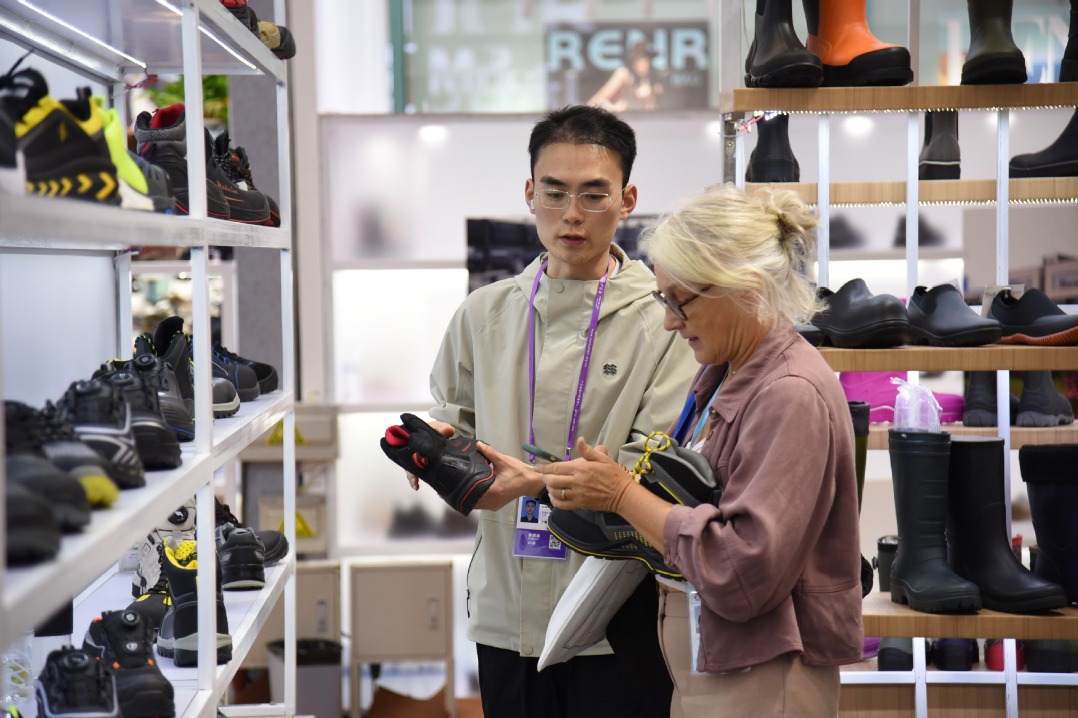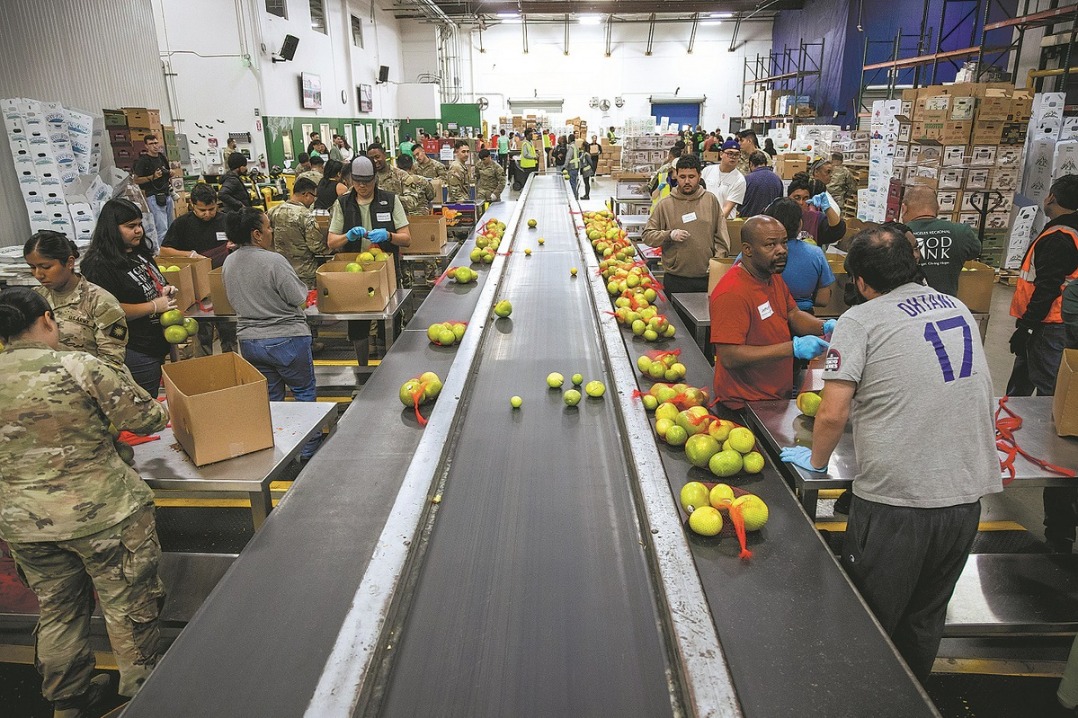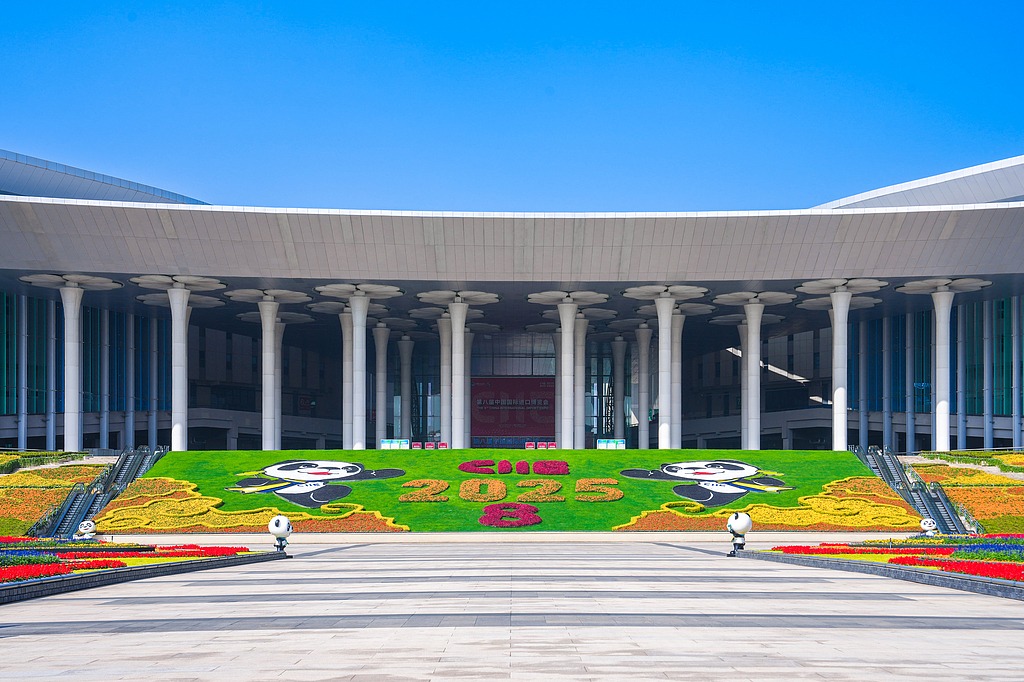Celebrated Longquan celadon on show in Palace Museum exhibition


In 2012, a national-level academic program called Compass was initiated by the National Administration of Cultural Heritage to conduct a study into the overseas influences on Chinese celadon. A series of overseas research programs were launched to retrace the steps of this long odyssey, and a number of discoveries were selected for display.
During excavations of ruins at the port of Julfar in Ras al-Khaimah, the United Arabic Emirates, countless pieces of Longquan celadon were found scattered all over the site, resting there for more than half a millennium as further evidence of the region's vast trading history.
Using the Persian Gulf as a transfer station, Longquan celadon was traded all over Africa. Of the 1,257 samples of Chinese porcelain pieces discovered at the Ruins of Gedi in Kenya, more than half were from Longquan, and most of the Ming Dynasty examples were from the same origin.
Output at the Longquan Kilns began to wane by the middle of the Ming Dynasty due to the rise of Jingdezhen in Jiangxi province, the site for the new imperial kilns.
























